Ditapis dengan
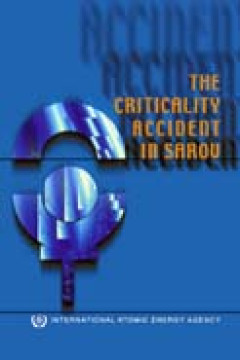
The Criticality Accident In Sarev - Non-serial Publications
On 17 June 1997 a physicist working as a senior technician at the Nuclear Centre, Sarov, in the Russian Federation, was severely exposed as a result of a criticality accident with an assembly of highly enriched uranium. The exposure, which caused a high neutron radiation dose, led to death within three days despite prompt medical attention. This is the first report that the IAEA has published o…
- Edisi
- -
- ISBN/ISSN
- 92-0-100101-0
- Deskripsi Fisik
- 46 hal
- Judul Seri
- -
- No. Panggil
- 614.839 IAE T
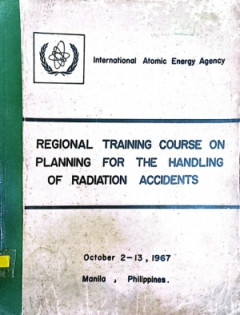
Regional Training Course on Planning for the Handling of Radiation Accidents,…
This book contains The teaching staff; Directory of participants; Scedule; Lectures; Field exercises; and Charta, tables, appendices. (Jml)
- Edisi
- -
- ISBN/ISSN
- -
- Deskripsi Fisik
- - p. : Illus. ; 30 cm
- Judul Seri
- -
- No. Panggil
- 363.179.9 PRO r
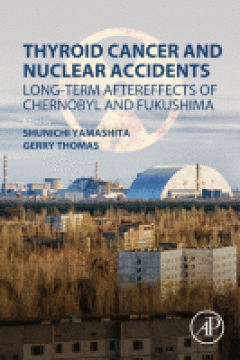
Thyroid Cancer and Nuclear Accidents: Long-Term Aftereffects of Chernobyl and…
Thyroid Cancer and Nuclear Accidents: Long-Term Aftereffects of Chernobyl and Fukushima discusses the radiobiological effects of the release of radioiodine from two nuclear power plant accidents and appropriate interpretation of the results of thyroid ultrasound examination. The book pulls together expert opinion on radiation related thyroid cancer in an understandable manner, even for non thyr…
- Edisi
- 1
- ISBN/ISSN
- 9780128127681
- Deskripsi Fisik
- xxiv, 220 p. : Illus. ; 20,5 cm
- Judul Seri
- -
- No. Panggil
- 616.99444 YAM t
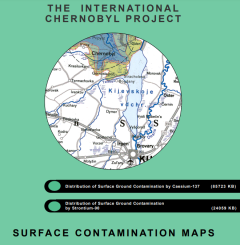
The International Chernobyl Project: Surface Contamination Maps
Areas contaminated by the nuclear disaster in Chernobyl
- Edisi
- -
- ISBN/ISSN
- 92-0-129091-8
- Deskripsi Fisik
- 1p;illus
- Judul Seri
- -
- No. Panggil
- 912 IAE T
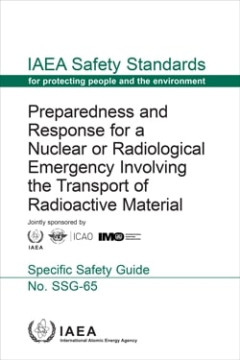
Preparedness and Response for a Nuclear or Radiological Emergency Involving t…
Radioactivity is a natural phenomenon and natural sources of radiation are features of the environment. Radiation and radioactive substances have many beneficial applications, ranging from power generation to uses in medicine, industry and agriculture. The radiation risks to workers and the public and to the environment that may arise from these applications have to be assessed and, if necessar…
- Edisi
- -
- ISBN/ISSN
- 978–92–0–127621–6
- Deskripsi Fisik
- 91 p
- Judul Seri
- IAEA safety standards series
- No. Panggil
- 614.876 IAE p
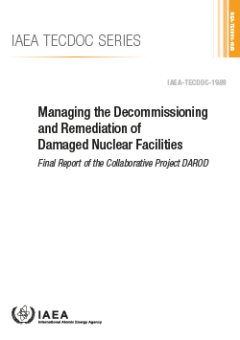
Managing the decommissioning and remediation of damaged nuclear facilities - …
In response to the accident at the Fukushima Daiichi nuclear power plant in March 2011, the IAEA developed the IAEA Action Plan on Nuclear Safety. One of the objectives of the plan was to ensure that, following a nuclear emergency, people and the environment are protected from ionizing radiation. One of the activities undertaken to address this objective was the International Project on Mana…
- Edisi
- 2021
- ISBN/ISSN
- 978-92-0-142521-8
- Deskripsi Fisik
- 136 p
- Judul Seri
- -
- No. Panggil
- 539.7 IAE m
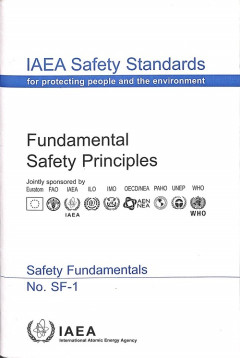
Fundamental Safety Principles, Safety Fundamentals
This publication states the fundamental safety objective and ten associated safety principles, and briefly describes their intent and purpose. The fundamental safety objective — to protect people and the environment from harmful effects of ionizing radiation — applies to all circumstances that give rise to radiation risks. The safety principles are applicable, as relevant, throughout the en…
- Edisi
- -
- ISBN/ISSN
- 9201107064 / 1020525X
- Deskripsi Fisik
- 21 p. : Illus. ; 24 cm
- Judul Seri
- Safety Standards Series No. SF-1
- No. Panggil
- -
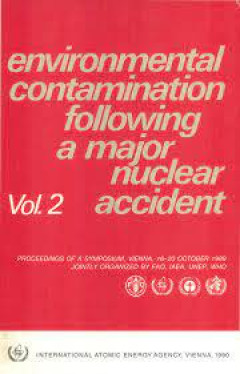
Environmental Contamination Following a Major Nuclear Accident, Vol. 1: Proce…
Proceedings of a symposium jointly organized with FAO, UNEP and WHO, Vienna, 16–20 October 1989. Scientific research on the after-effects of the Chernobyl accident on the environment and on human health has provided new data pertaining to large scale contamination. Papers at the symposium covered a wide range of subjects, including monitoring of radioactive contaminants in the environment, le…
- Edisi
- -
- ISBN/ISSN
- -
- Deskripsi Fisik
- -
- Judul Seri
- -
- No. Panggil
- -
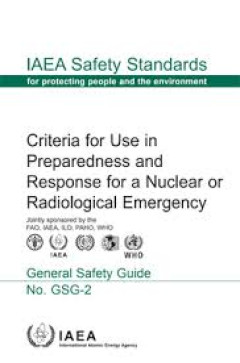
Criteria for Use in Preparedness and Response for A Nuclear or Radiological E…
-
- Edisi
- -
- ISBN/ISSN
- 9789201074102 / 1020525X
- Deskripsi Fisik
- 96 p. : Illus. ; 24 cm
- Judul Seri
- Safety Standards Series No. GSG-2
- No. Panggil
- 539.7 IAE c
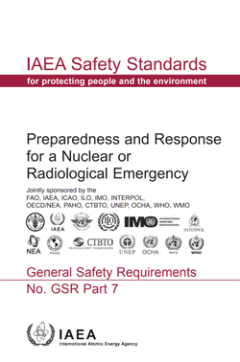
Preparedness and Response for a Nuclear or Radiological Emergency + CD (D0618)
-
- Edisi
- -
- ISBN/ISSN
- 9789201057150 / 1020525X
- Deskripsi Fisik
- 102 p. : Illus. ; 24 cm
- Judul Seri
- Safety Standards Series No. GSR Part 7
- No. Panggil
- 539.7 IAE p
 Karya Umum
Karya Umum  Filsafat
Filsafat  Agama
Agama  Ilmu-ilmu Sosial
Ilmu-ilmu Sosial  Bahasa
Bahasa  Ilmu-ilmu Murni
Ilmu-ilmu Murni  Ilmu-ilmu Terapan
Ilmu-ilmu Terapan  Kesenian, Hiburan, dan Olahraga
Kesenian, Hiburan, dan Olahraga  Kesusastraan
Kesusastraan  Geografi dan Sejarah
Geografi dan Sejarah